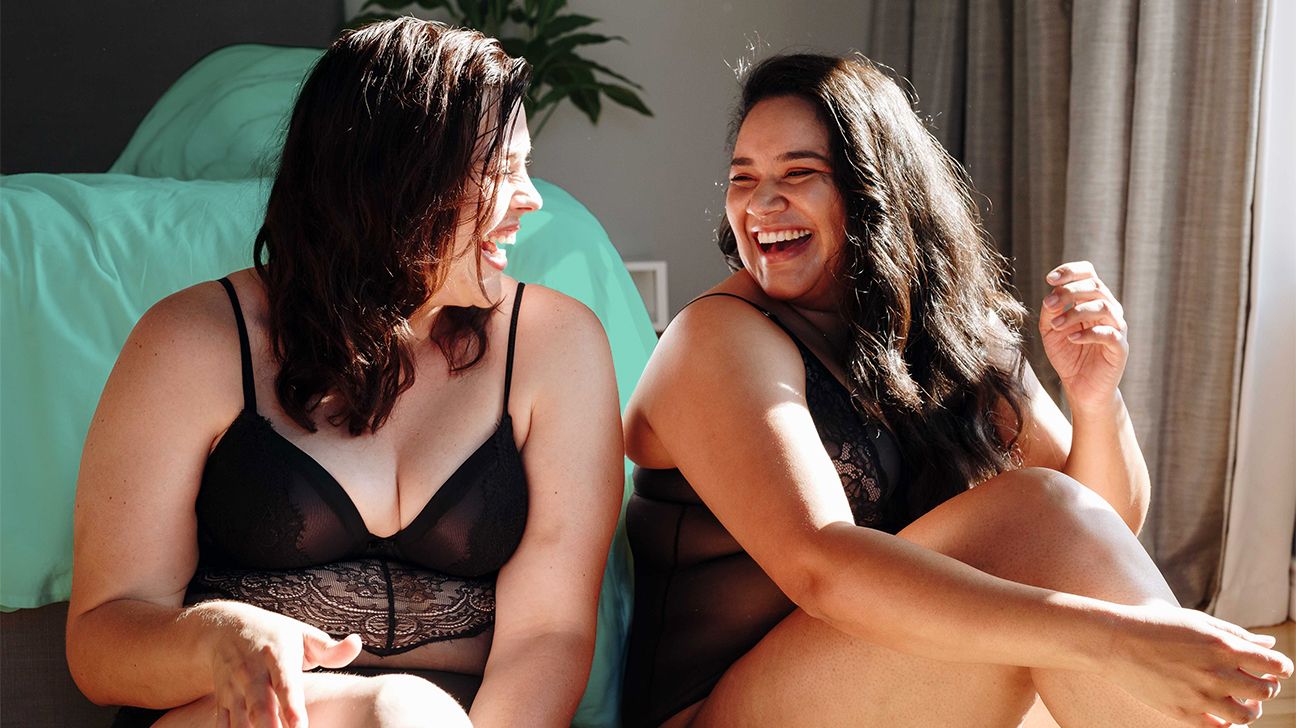Only in recent years has mainstream culture begun to understand and accept the different ways folks experience sexuality and gender. As conversations deepen around these subjects it’s only natural that new terms emerge.
First appearing around 2001, the term “heteroflexible” generally refers to folks who identify as mostly straight, but also acknowledge the possibility of being attracted — sexually or romantically — to people outside of that demographic.

Heteroflexible isn’t a rigid category: what it looks and feels like varies person to person. While some folks feel very seen by this term, others in the LGBTQ+ community dislike it. Here’s everything you should know about heteroflexibility.
The difference between being heteroflexible and bisexual mostly comes down to how someone prefers to identify. There are no hard and fast rules around either definition.
Someone who’s bisexual can be attracted to people of other genders in addition to their own. And since bisexual folks are often attracted primarily to one gender, heteroflexibility technically fits under the bisexuality label.
Remember, you can identify with whatever term makes you comfortable! And you can also change that terminology at any time through your life. Sexuality isn’t static. Plenty of people have gone through periods where one label fit better than another.
Some folks in the LGBTQ+ community feel like those who choose the term heteroflexible — instead of bisexual — are intentionally aligning with heterosexuality in order to distance themselves from queerness, thereby perpetuating queerphobia. As in, well I like to have sex with men but I’m not one of them.
There’s also concern that using the term heteroflexible contributes to bisexual erasure and invisibility — a known problem across social science literature — by implying that bisexuality is actually just an arm of heterosexuality.
How can I know if a heteroflexible person is into me?
Picture this: you see a cute guy at the park and strike up a conversation. Before long, he mentions he’s heteroflexible. As a bisexual man, you have no idea what this means. Could he be into me or does he only date women?
The simple solution: ask for clarity. Express some vulnerability and admit that you don’t really know what heteroflexible means and could they explain why they identify that way.
Lots of straight people get sexually involved with people of the same sex. A large survey of over 24,000 college students found between 12 and 24 percent of people who identified as heterosexual, had had a same-sex encounter.
There are countless explanations for this. Many people won’t identify as anything other than heterosexual because of the cultural shame and stigma attached to being queer. Or, they may worry that being anything other than straight jeopardizes their physical safety.
But guess what? If someone tells you they’re straight, they’re straight. Even if you have reason to believe they’re heteroflexible or something else, you have to respect the label they chose. Everyone’s journey is different. We cannot define the sexuality of others.
“I’m attracted to women, have dated women, and have slept with women, but I’m primarily physically attracted to men. Before I dated women, I considered myself bicurious. I was unsure about my exact sexual orientation but I knew I was interested in both men and women. The term definitely carried with it the idea of exploration, and so after having ‘explored’ and gotten a better sense of what I’m into, bicurious no longer felt right.” — Emma*, 30
“Heteroflexible feels best currently as I have yet to explore with folks who are not cis men (though I do know I’m attracted to men, women and nonbinary folks). I don’t identify as queer because I’m married to a cis male (I want to acknowledge the privilege we have of being straight). Though I do very much desire experiences with a larger variety of folks (my marriage is open).” — Bree, 32
“I prefer to identify as heteroflexible because I’ve always been deeply attracted to women and never really thought about men that way… I’ve come to the awareness that I’m attracted to a feminine aura and that might include trans women and occasionally men. I have more desire to be with men in a purely sexual and group play dynamic. I don’t feel like this aligns with bisexual because although I’m open to male encounters, it’s not something I seek out. I do consider myself queer, because I have a sexual lifestyle that others may condemn or consider strange.” — Nathaniel, 27
“I’ve had crushes on girls but never felt drawn to a full-time relationship. I’m in a cis/het marriage and also have a boyfriend (husband has a steady gf too). But we do a fair bit of group play and I really enjoy sex with women. I think heteroflexible seems to fit bc I just don’t give it too much concern? I’m just open to experiences without judgment.” — Bridget, 34
“The reason I sometimes think I could be heteroflexible is because I think I’d be okay in sexual situations where contact with other masculine presenting people might occur. I don’t really find myself attracted to other men sexually, though I can appreciate male beauty. For that reason, I don’t think I’m really all that bicurious or bisexual.” — Damie, 40
Remember, identity labels are deeply personal. You should identify with the label(s) that feel true to your innermost self. If the definition of heteroflexible, or the way other people talk about it resonates with you, then you’re likely heteroflexible.
Here are some questions you might ask yourself:
- Have you ever felt sexual or romantic attraction toward people of the same gender?
- Who stars in your sexual fantasies?
- In a world where you could do whatever you wanted without judgement, who would you date/be intimate with?
Self-exploration and reflection is key to discovering who you are. So make sure to check in with yourself on a rolling basis. The way you identify today could be totally different from how you identify next year.

